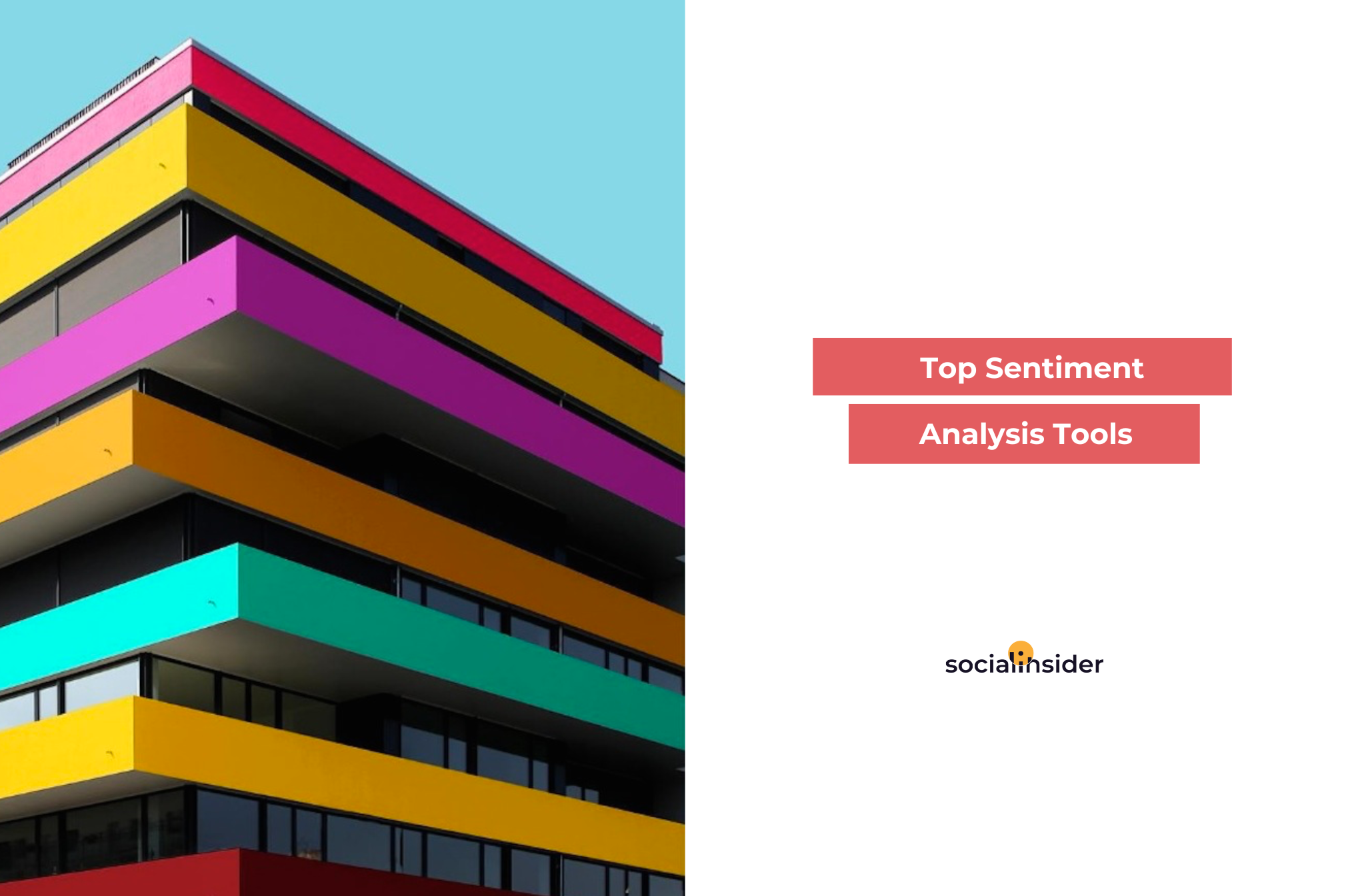Wondering what the world really thinks about your brand?
Unravel your brand sentiments with our comprehensive guide on the Top 10 Sentiment Analysis Tools.
Let’s decode the emotions that drive your audience!
A Comprehensive Guide to Sentiment Analysis Tools
1.What are sentiment analysis tools?
2.The benefits of using sentiment analysis tools
3.How to run a social media sentiment analysis
4.x ways to improve your brand sentiment on social media
5.Top Sentiment Analysis Tools
5.1.Socialinsider
5.2.MonkeyLearn
5.3.Brandwatch
5.4.RapidMiner
5.5.Critical Mention
5.6.Lexalytics (Spotlight)
5.7.MAXG
5.8.BrandMentions (Mentionlytics)
5.9.Talkwalker
5.10.Repustate
5.11.Rosette
5.12.Awario
5.13.Clarabridge
5.14.Idiomatic
5.15.Reputation
5.16.SentiSum
5.17.CallRail
5.18.Sentiment Analyzer
5.19.Social Searcher
5.20.Aylien (Quantexa)
What are sentiment analysis tools?
Sentiment analysis tools are dynamic platforms that scrutinize text, distinguishing positive feedback from criticism.
Sentiment analysis tools work by first aggregating reviews from various platforms for a comprehensive data set. They then cleanse the text by removing irrelevant elements like URLs, emojis, and numbers.
Each review is analyzed and categorized based on its sentiment, transforming vast feedback into categorized insights.
These tools often provide visual dashboards, making it easier to spot patterns and trends in sentiment data.
The benefits of using sentiment analysis tools
Sentiment analysis tools delve deeper than basic metrics, tapping into the core of customer emotions and delivering the following advantages:
🟠 Deep insights: Instead of just quantifying feedback, sentiment analysis deciphers the qualitative aspects, revealing the 'why' behind the 'what'
🟠 Real-time responses: By constantly monitoring the digital landscape, these tools allow brands to address concerns or capitalize on positive buzz instantly
🟠 Tailored strategies: With a clearer picture of customer emotions, businesses can refine marketing campaigns, product development, and customer service approaches
🟠 Trend spotting: Over time, sentiment analysis can highlight shifts in public opinion, allowing brands to anticipate market trends and adapt proactively
🟠 Enhanced customer relationship: By acknowledging and acting upon the sentiments expressed, businesses build trust and rapport with their audience, leading to increased loyalty and brand advocacy
In essence, sentiment analysis tools bridge the gap between brands and their audiences, fostering stronger connections and smarter strategies.
How to run a social media sentiment analysis
Developing a social media sentiment analysis is not always easy, especially because it requires a bit of research and the use of precious resources, like time.
Before implementing the use of a social media sentiment analysis tool, you should first learn how to run such an analysis. Here are the top easiest steps to take:
-
Track brand mentions
When starting a social media sentiment analysis, you have to first get acquainted with users’ online conversations about your brand.
It gets harder when they don’t tag you in their posts or comments. You can use a social media monitoring tool or a social media listening tool to see all your brand’s mentions.
You can monitor people’s usage of the hashtags which are related to your brand.
-
Analyze the sentiment in those mentions
Now you have to evaluate the sentiment in all the mentions and see which users show positive or negative sentiment.
In those mentions, you should also try to find people’s pain points and needs. Getting these insights will help you better craft or adjust your strategy to cater all needs.
The sentiment can be:
-positive: love, like, good, perfect, incredible, amazing
-negative: hate, bad, terrible, awful, appalling
However, make sure you also pay attention to the context in which people use your brand’s mention.
Maybe someone says ironically that they love your service when your customer support is unresponsive. It is clear that their feedback is not positive.
Or maybe someone says that your brand is bad at disappointing customers, since they are so happy with the services you provide. This is clearly a positive sentiment.
-
Calculate your brand’s social media score
To calculate this score, you have to look at positive mentions as a percentage of all the mentions you get on social media.
If you calculate this social media score for your brand quarterly, you will notice changes and the most important thing is to see progress.
Working on improving your marketing game, relation with customers and social media connections will help you grow.
3 ways to improve your brand sentiment on social media
Speaking of growing and improving your brand after performing a social media sentiment analysis, you have to set in place a plan first.
You should consider to:
-learn more about your audience
-engage with your audience
-keep on doing and providing what makes them happy
Top Sentiment Analysis Tools
Sentiment analysis tools are crucial for businesses and researchers alike to measure public opinion, analyze customer feedback, and gain insights into consumer behavior.
We've curated a selection of the 13 best sentiment analysis tools to help you find the perfect match for your brand.
#1 Socialinsider
About: Socialinsider stands out among sentiment analysis tools with its unique focus on Instagram, a key platform for brand promotion.
Powered by machine learning, Socialinsider delivers unparalleled insights into audience emotions and perceptions, making it essential for innovative brand strategies.
Socialinsider's specialty is its proficiency in mining Instagram hashtags, granting brands access to invaluable data about the prevailing sentiments related to their campaigns or products.
-
Sentiment analysis as an integral part of social listening
While social listening is about monitoring digital conversations to understand public opinions about a brand or product, sentiment analysis dives deeper into categorizing these opinions into positive, negative, or neutral sentiments.
In this context, Socialinsider bridges the gap between broad social listening and intricate sentiment analysis.
It enables brands to listen to their audiences and understand the emotions driving the conversations.

Best feature: What truly amplifies Socialinsider's capabilities is its integration of machine learning.
This technology enables the tool to sift through massive volumes of hashtag data, recognizing patterns and sentiments with enhanced precision.

More than just quantifying data, machine learning offers qualitative insights, ensuring that the sentiments identified are accurate reflections of public emotions and perspectives.
Pricing: Starting from $124/month. Offers custom pricing.
Free trial: Yes, 14 days.
G2 rating: 4.7/5
#2 MonkeyLearn
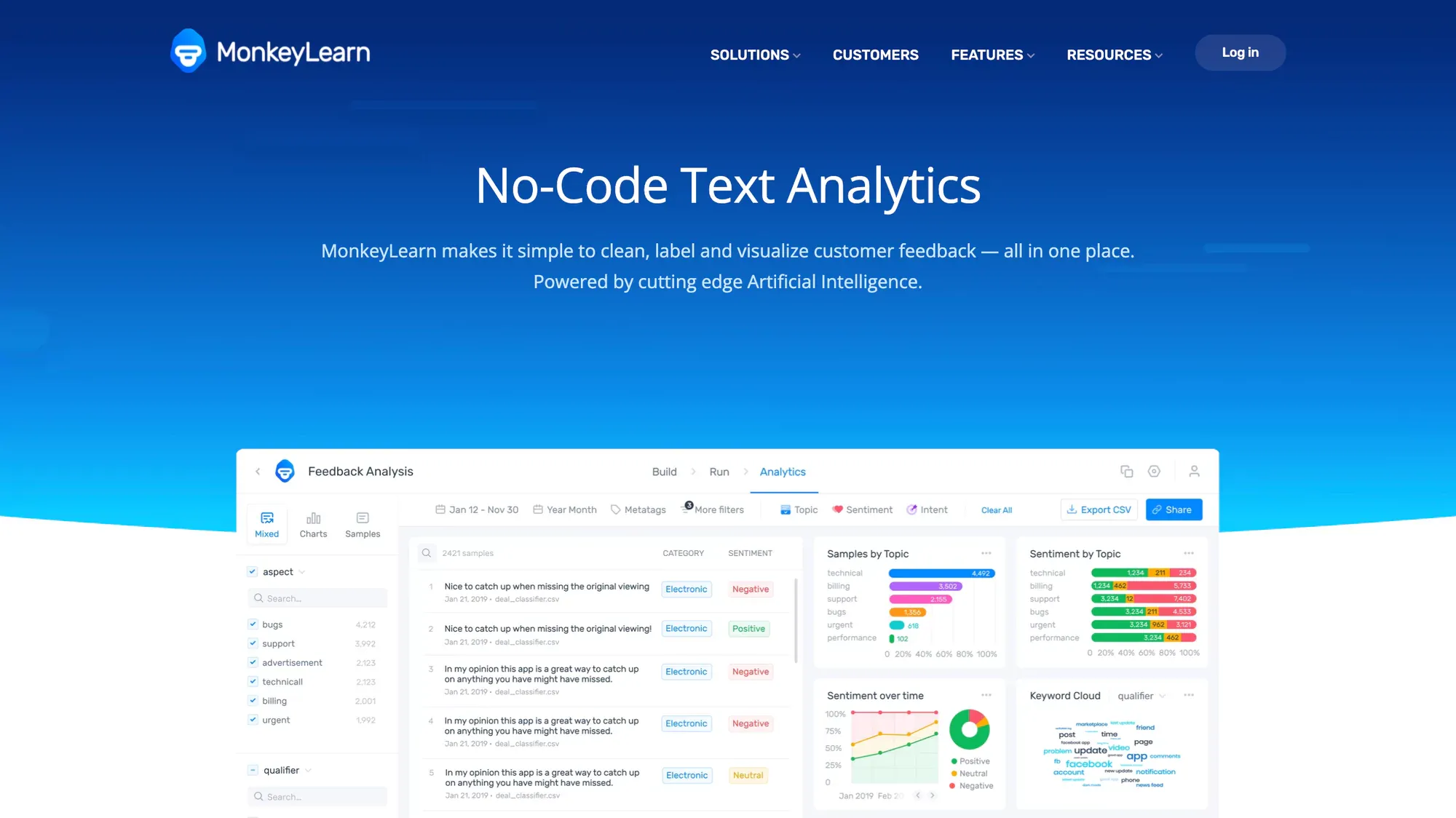
About: MonkeyLearn is a cloud-based text analysis platform that uses machine learning to extract valuable insights from textual data. The tool's primary focus is to make AI and machine learning easily accessible to businesses, providing customizable models for sentiment analysis, keyword extraction, and more.
Best feature: Seamless integration with popular platforms like Excel, Google Sheets, and Zapier.
Pricing: Starts Free, $299/month for Team Plan, $999/month for Business Plan.
Free trial: Yes.
G2 rating: 4.0/5
#3 Brandwatch
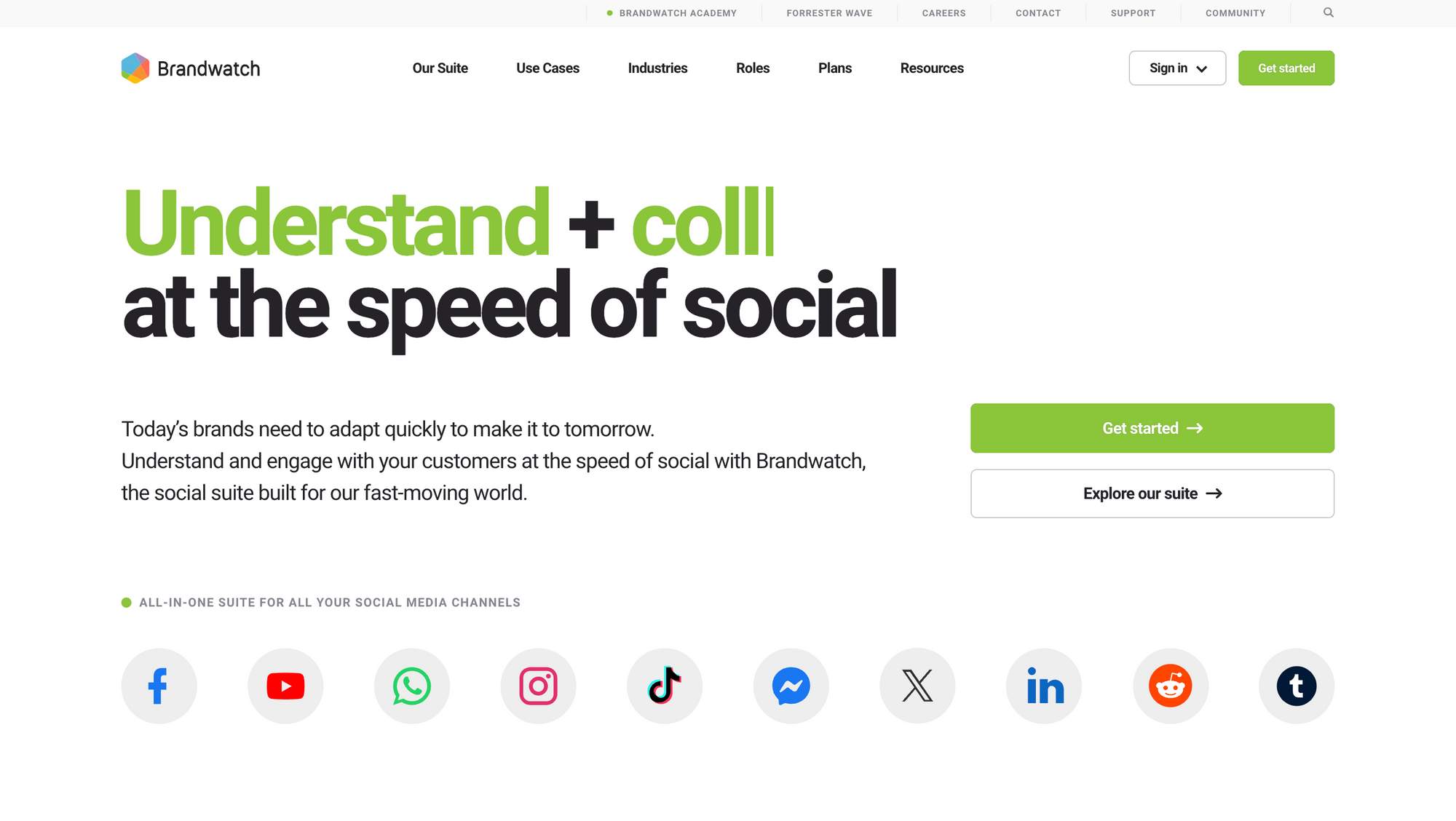
About: Brandwatch offers an extensive suite of consumer intelligence tools, allowing businesses to monitor, analyze, and derive insights from online conversations. It's especially potent for brands looking to monitor their online reputation and derive strategic insights from social conversations.
Best feature: In-depth social media and internet data scraping.
Pricing: Available upon request.
Free trial: Yes, limited days.
G2 rating: 4.4/5
#4 RapidMiner
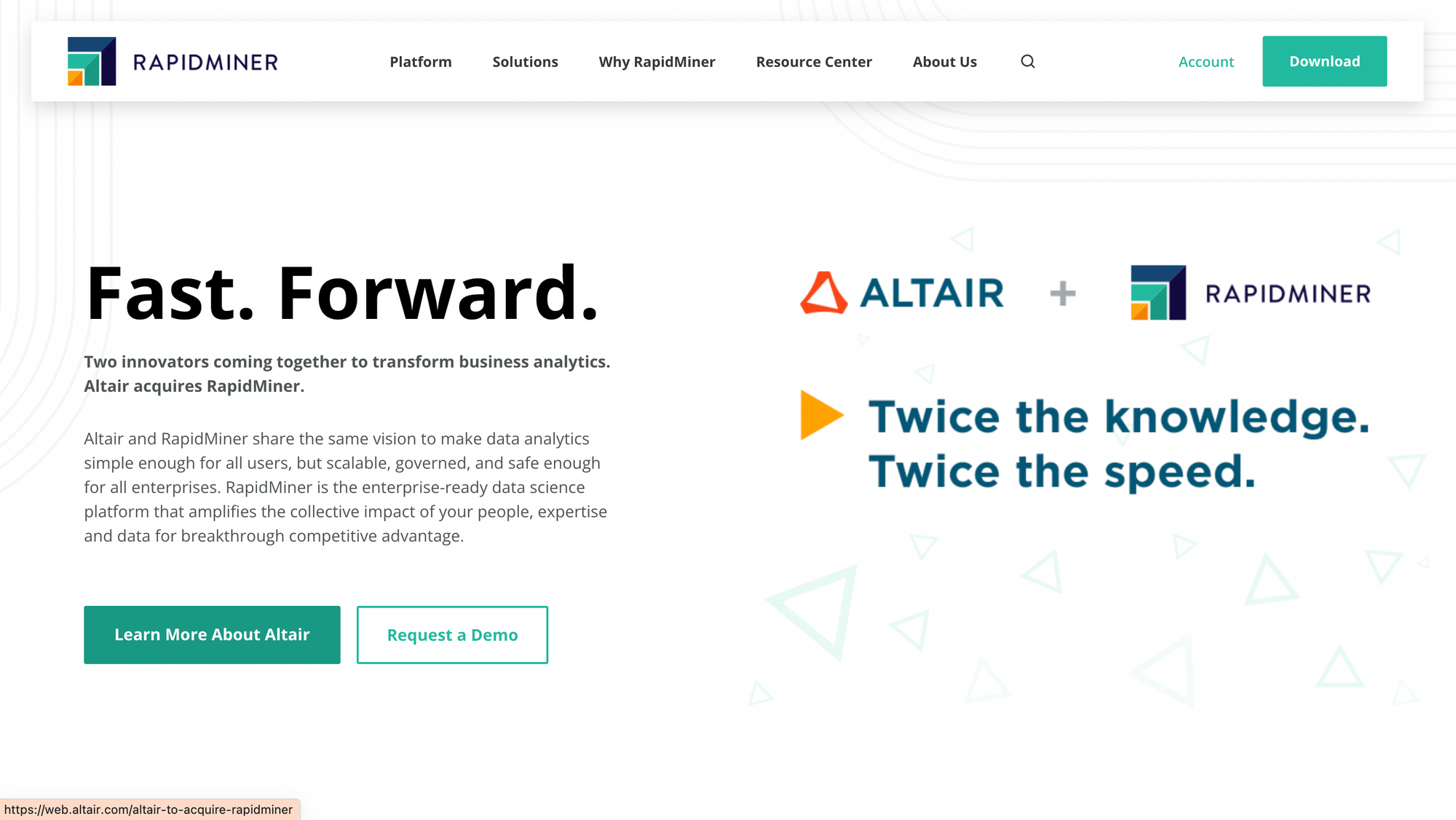
About: RapidMiner is an all-encompassing data science platform that integrates data prep, machine learning, and model deployment. For sentiment analysis, it provides a robust set of tools, allowing data scientists and analysts to work efficiently.
Best feature: Versatile range of data analytics and machine learning tools.
Pricing: Available upon request.
Free trial: Yes, 30 days.
G2 rating: 4.6/5
#5 Critical Mention
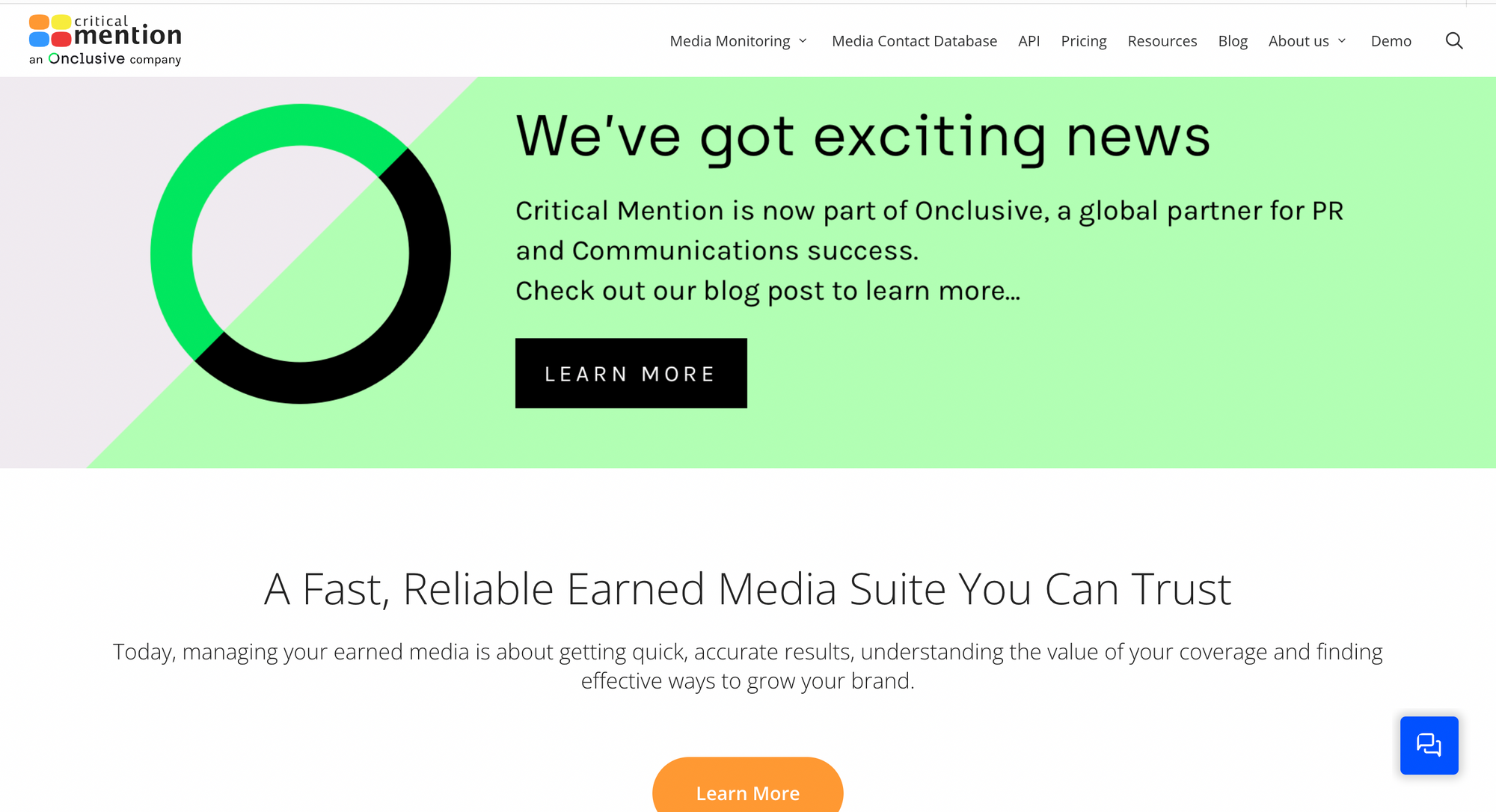
About: A real-time media monitoring platform, Critical Mention tracks mentions over television, radio, online news, and social media.
Best feature: Its lightning-fast search feature can scour over 40 million sources in just a second.
Pricing: Contact Critical Mention for custom pricing.
Free trial: Yes, limited functionalities and duration.
G2 rating: 4.3/5
#6 Lexalytics (Spotlight)
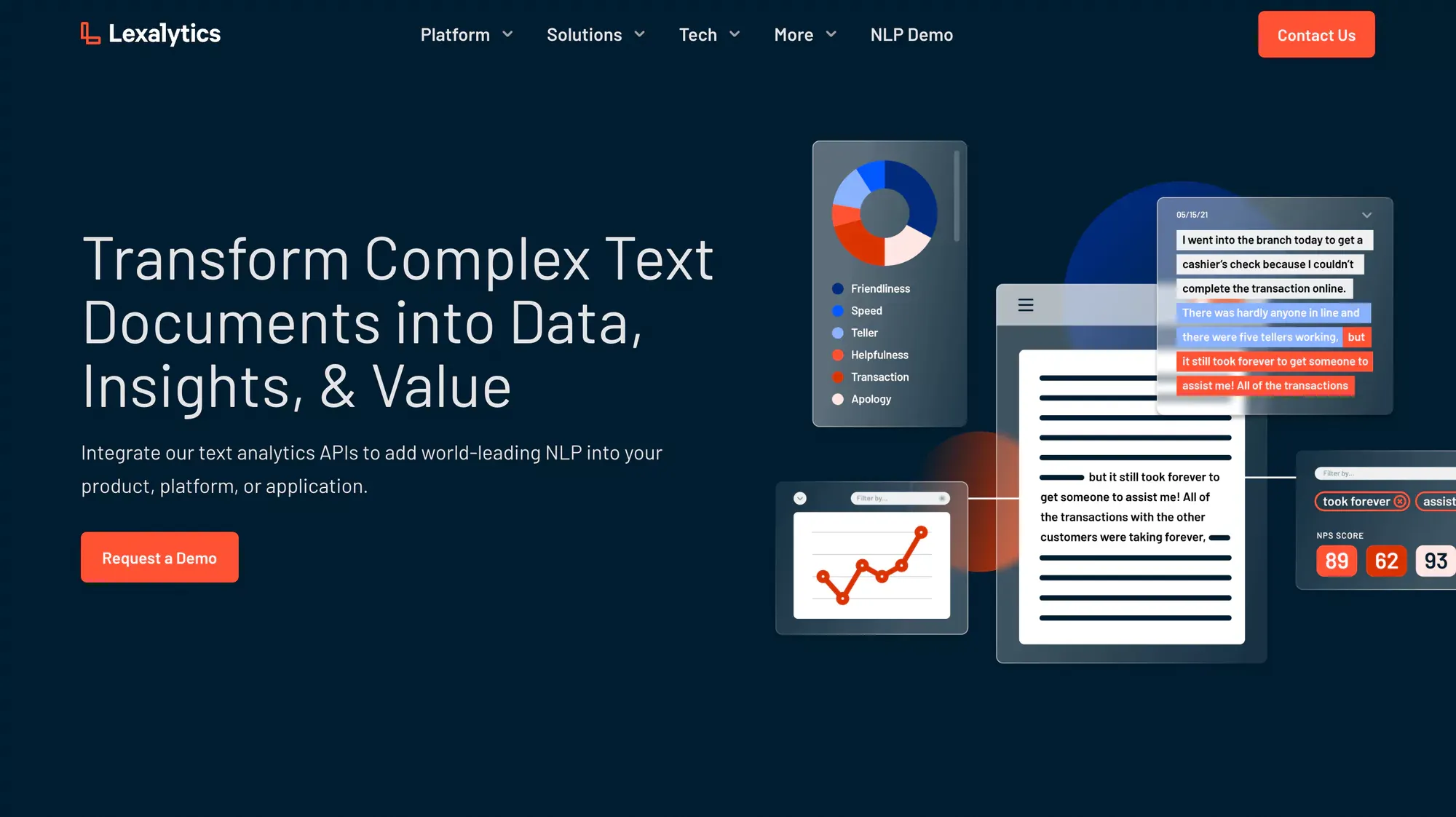
About: Lexalytics transforms global conversations into meaningful and actionable insights. With solutions in text analytics and NLP (natural language processing), it's a front runner for businesses that want to measure customer sentiments.
Best feature: Its platform provides in-depth text and sentiment analysis.
Pricing: Based on usage and desired features.
Free trial: Yes, limited functionalities.
G2 rating: 4.3/5
#7 MAXG
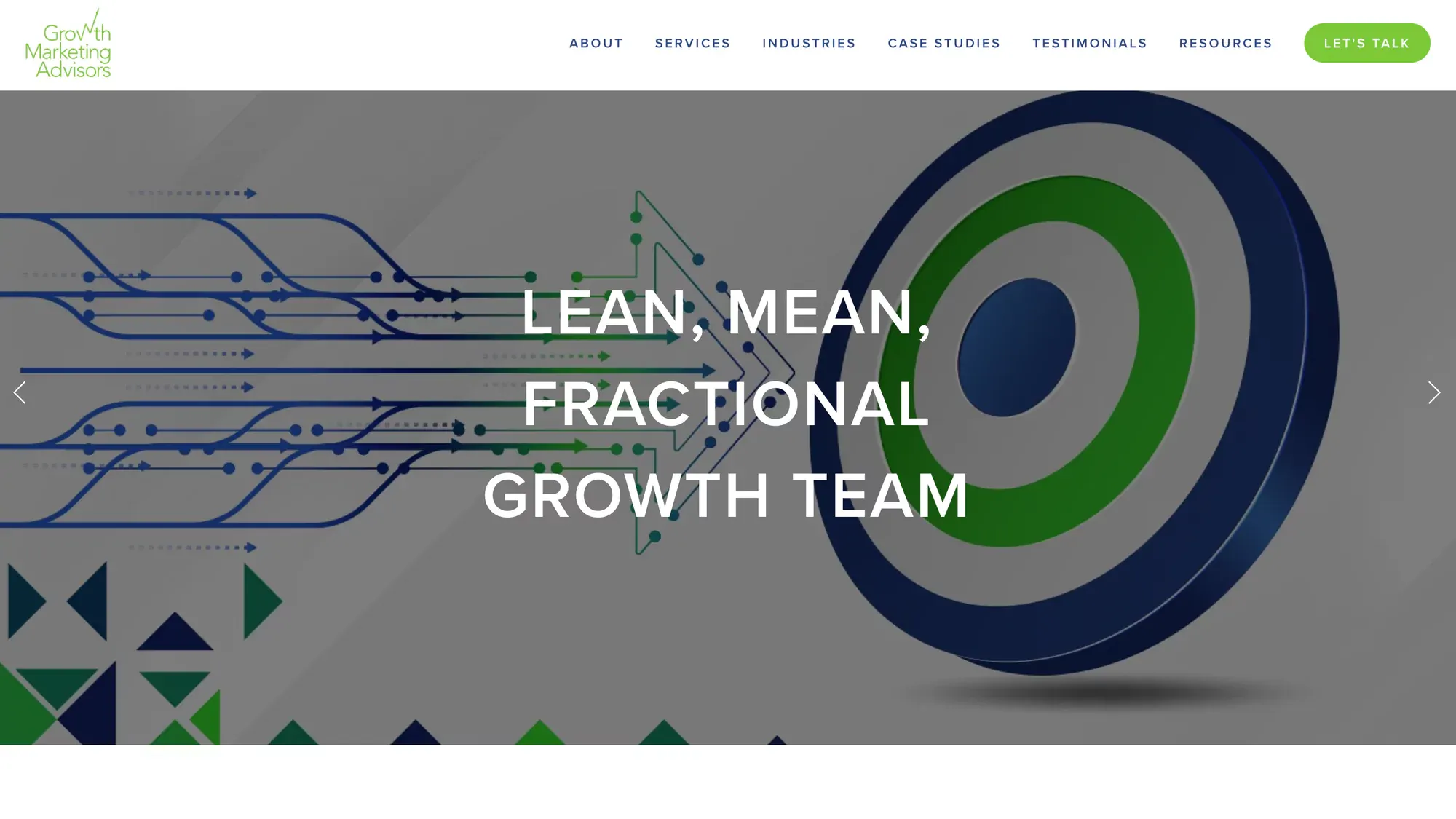
About: MAXG (Marketing Advisor for Growth) is an AI-powered analytics and recommendation tool designed to guide marketers in their decision-making process.
Best feature: Predictive recommendations provided for marketing strategies.
Pricing: Starting from $49/month.
Free trial: Yes, 7 days.
#8 BrandMentions (Mentionlytics)
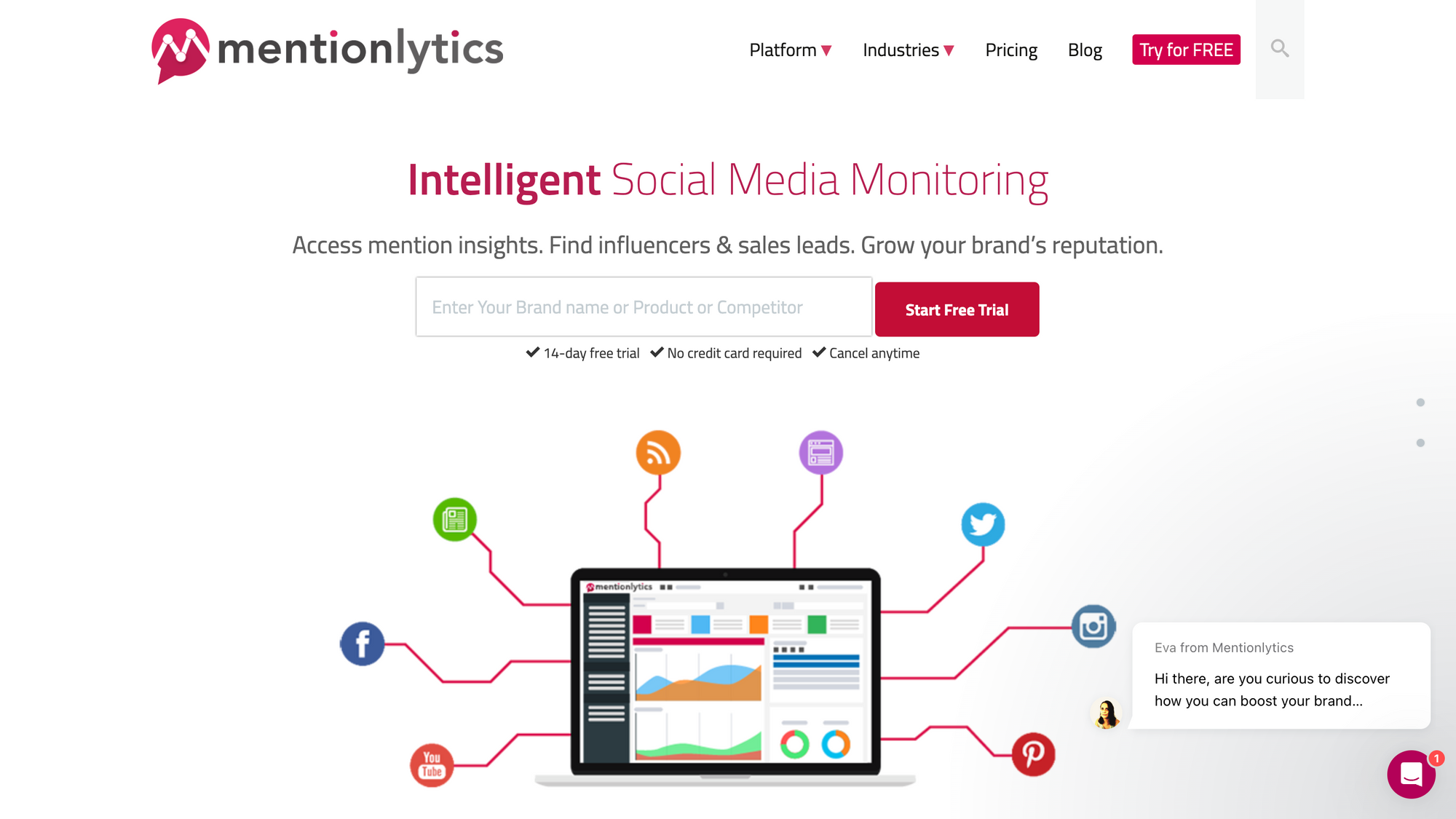
About: BrandMention is a web and social media monitoring tool, helping brands track their mentions to gauge public sentiment and maintain their online reputation.
Best feature: Comprehensive brand and competition monitoring across the web.
Pricing: Available upon request.
Free trial: Yes, 7 days.
G2 rating: 4.9/5
#9 Talkwalker
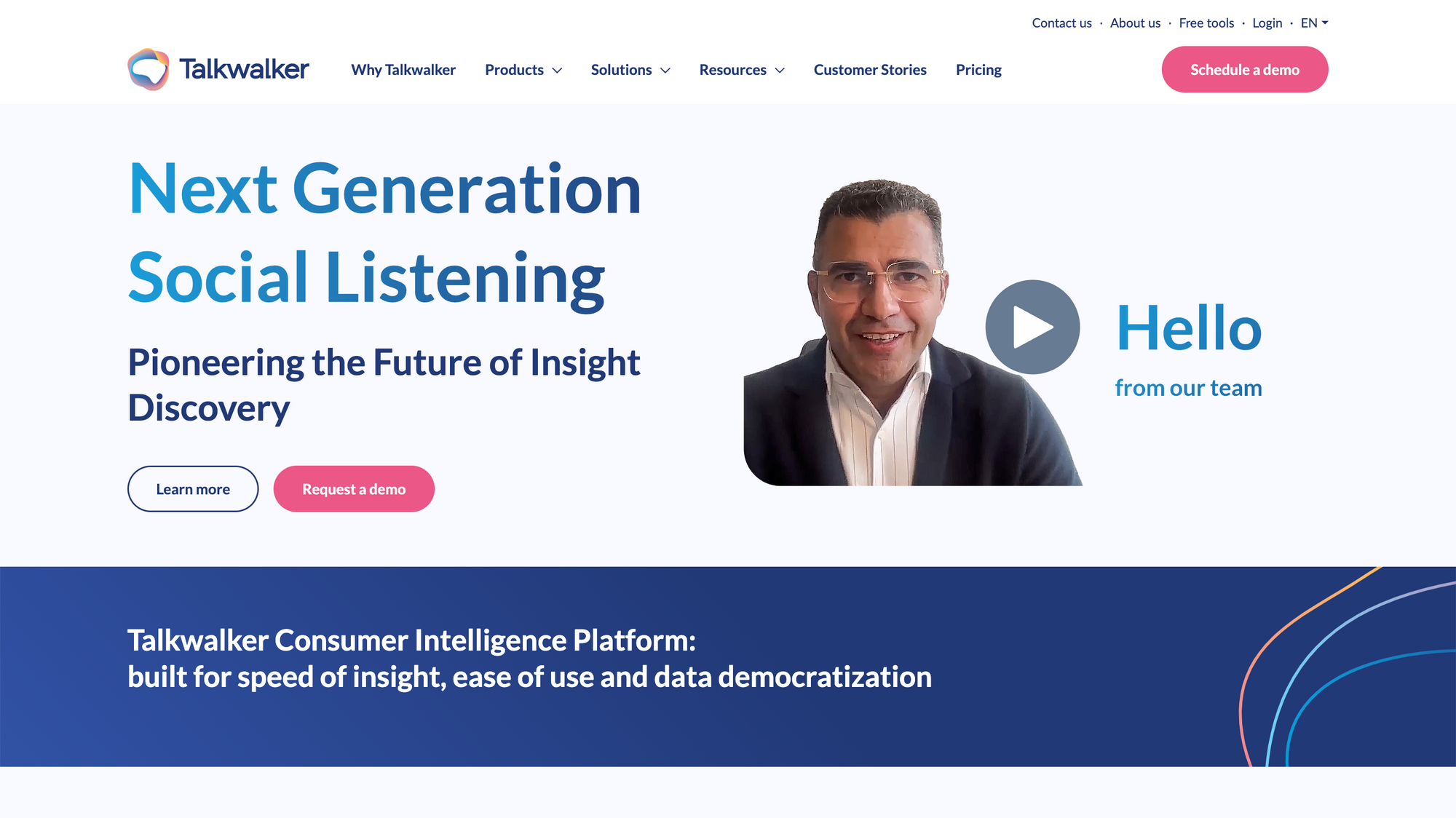
About: Talkwalker is a social listening and analytics company helping brands optimize their online presence. It gives insights into the sentiment and buzz surrounding your brand on the internet.
Best feature: Image recognition technology that can find brand mentions even in images.
Pricing: Different plans available based on mentions, themes, and other features.
Free trial: Yes, limited functionalities.
G2 rating: 4.3/5
#10 Repustate
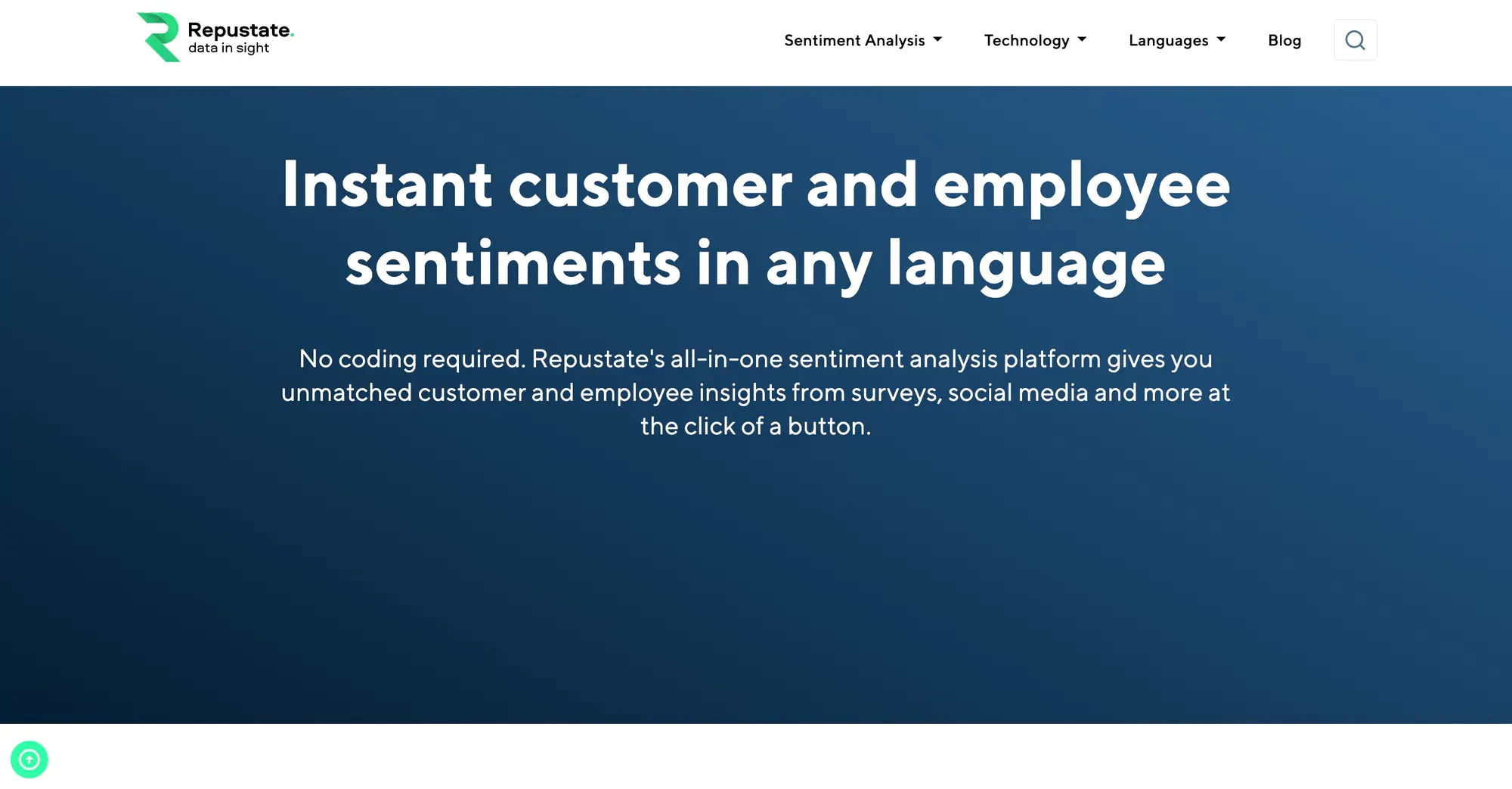
About: Repustate offers a comprehensive suite of text analytics solutions. Their sentiment analysis is underpinned by semantic search capabilities, allowing users to dive deep into their data to uncover nuanced insights.
Best feature: Deep semantic search capability.
Pricing: $299/month for Standard Plan
Free trial: Yes, limited functionalities.
#11 Rosette
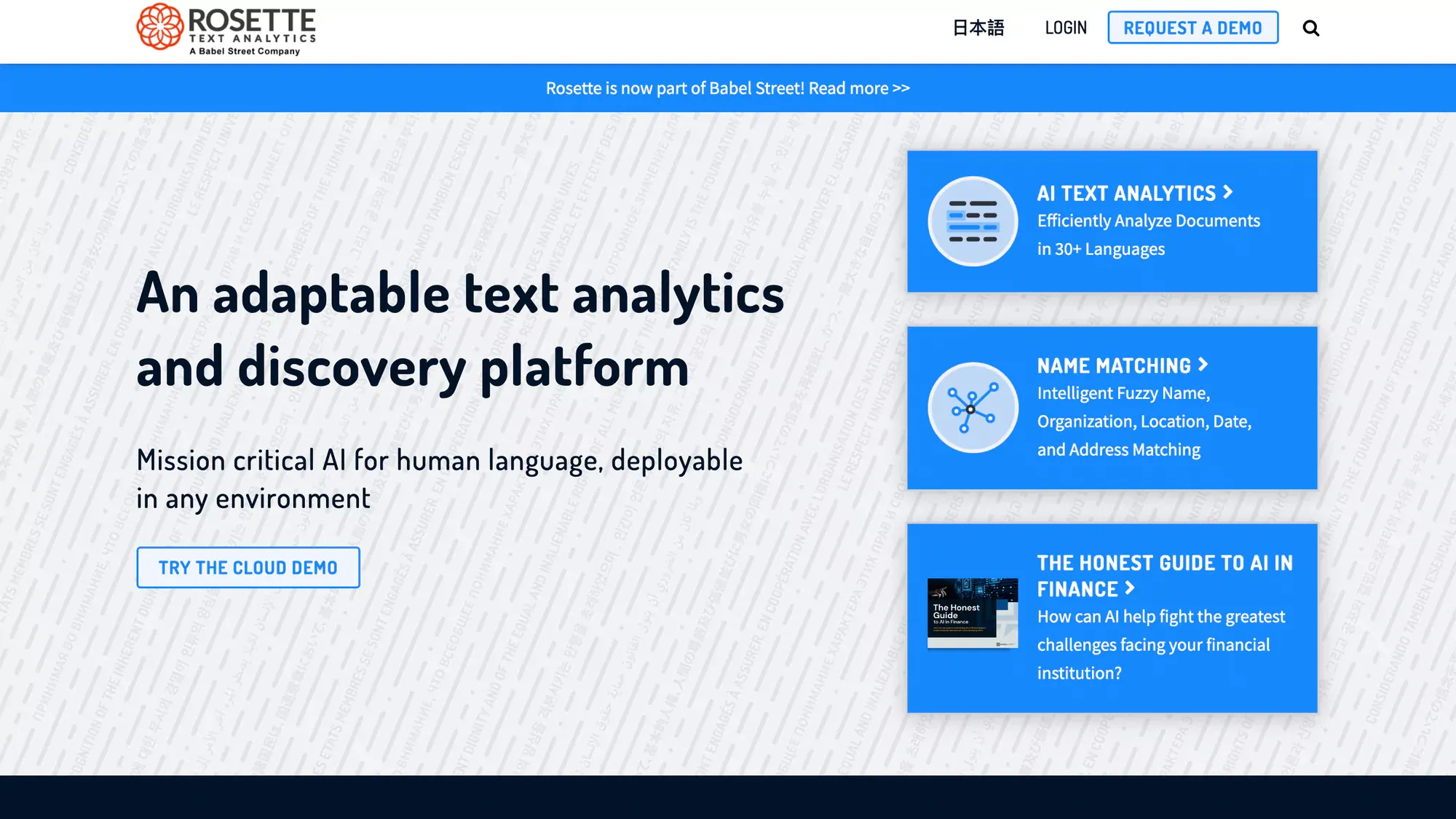
About: Rosette leverages machine learning and traditional linguistic methods to derive insights from textual content. It offers tools from name recognition to sentiment analysis.
Best feature: Advanced multilingual name matching and entity extraction.
Pricing: Based on API usage and specific services.
Free trial: Yes, limited functionalities.
G2 rating: 4.5/5
#12 Awario
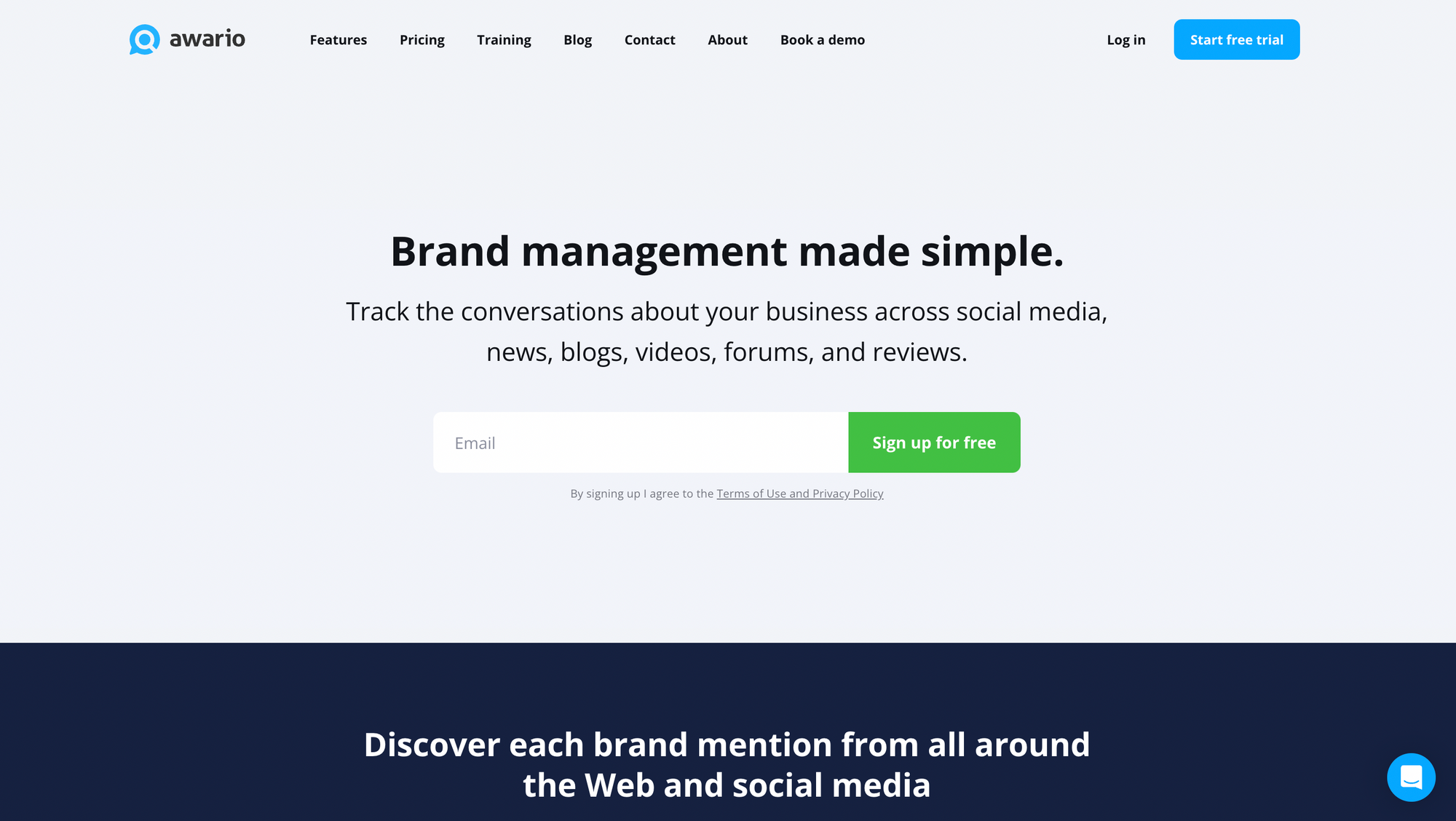
About: Awario is a web and social media monitoring tool, keeping track of every mention of your brand or keyword to analyze public sentiment.
Best feature: "Leads" feature that uses predictive insights to find potential clients.
Pricing: Starting from $29/month.
Free trial: Yes, 7 days.
G2 rating: 4.0/5
#13 Clarabridge (Qualtrics)
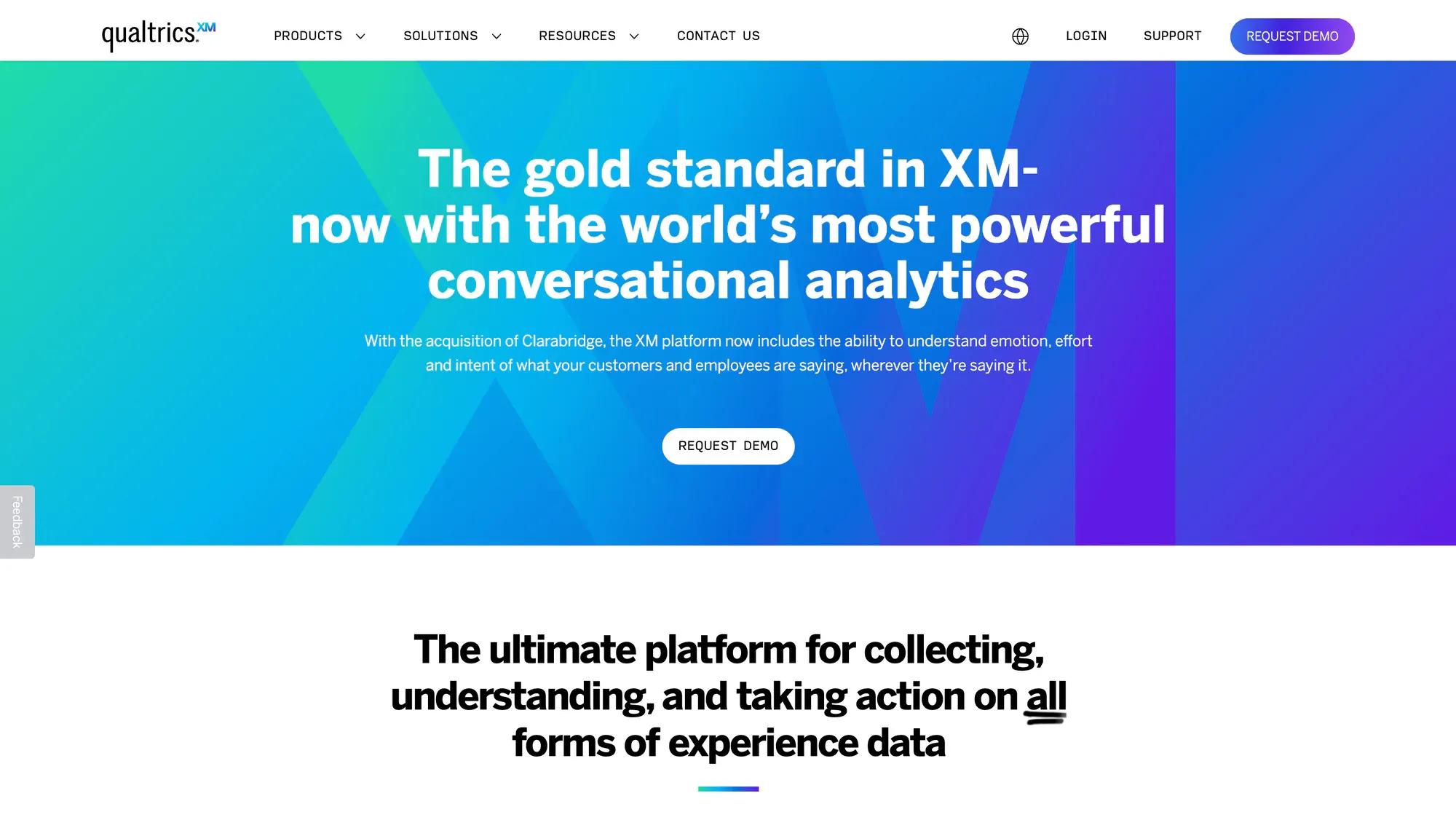
About: Clarabridge offers a comprehensive solution for customer experience management, helping businesses analyze feedback from various sources to improve their services.
Best feature: Advanced text analytics integrating feedback from over 85 sources.
Pricing: Available upon request.
Free trial: Yes, limited functionalities and duration.
#14 Idiomatic
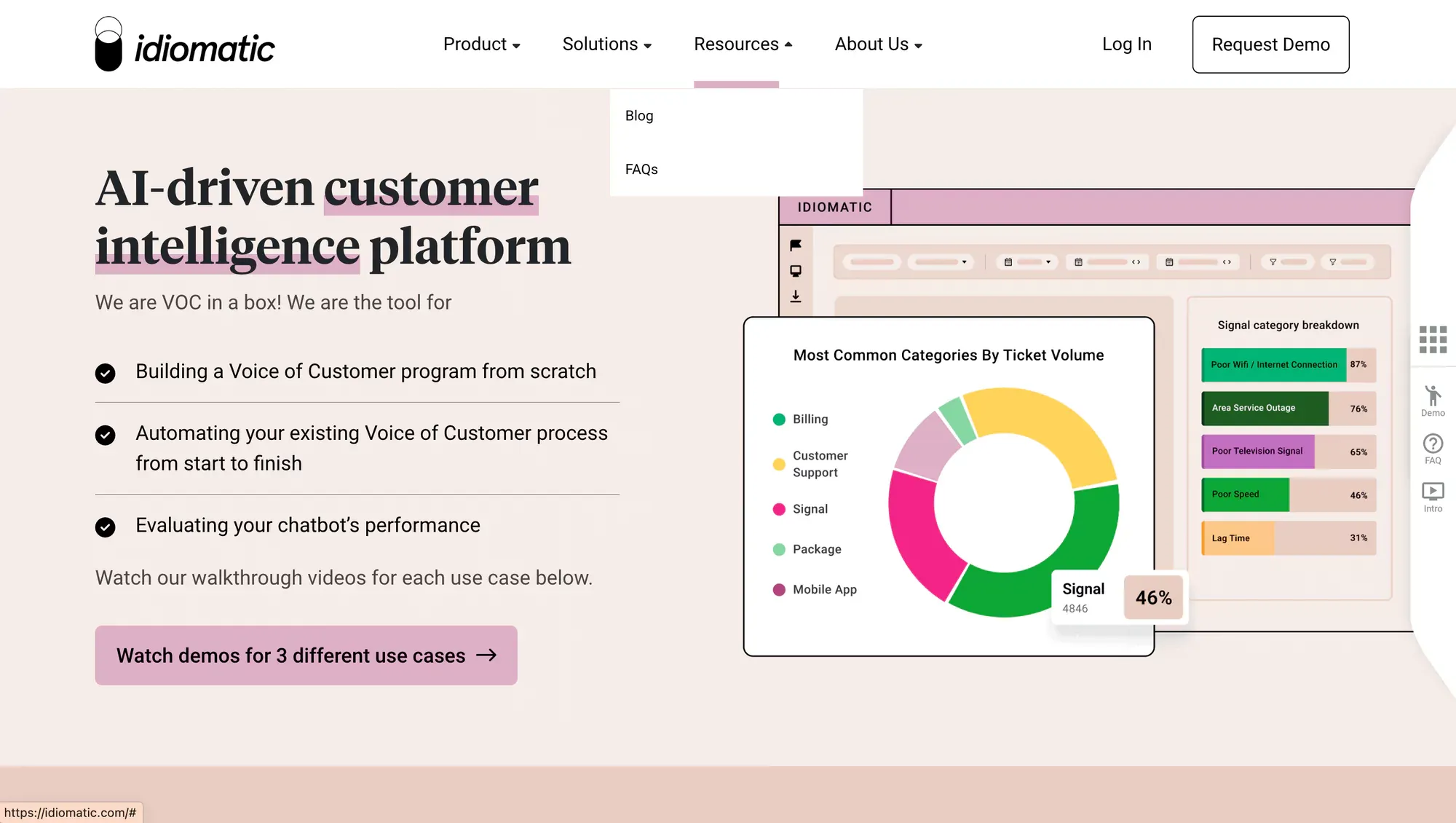
About: With Idiomatic you can develop customer sentiment analysis models to suit your area of expertise and industry. Depending on the data source, you can use different sentiment analysis models from Idiomatic.
In this way, you will be able to track sentiment differently on every social media network. Moreover, with this tool you can even check changes in sentiment depending on customer segments.
Pricing: $199/month
G2 rating: 4.6 out of 5
#15 Reputation
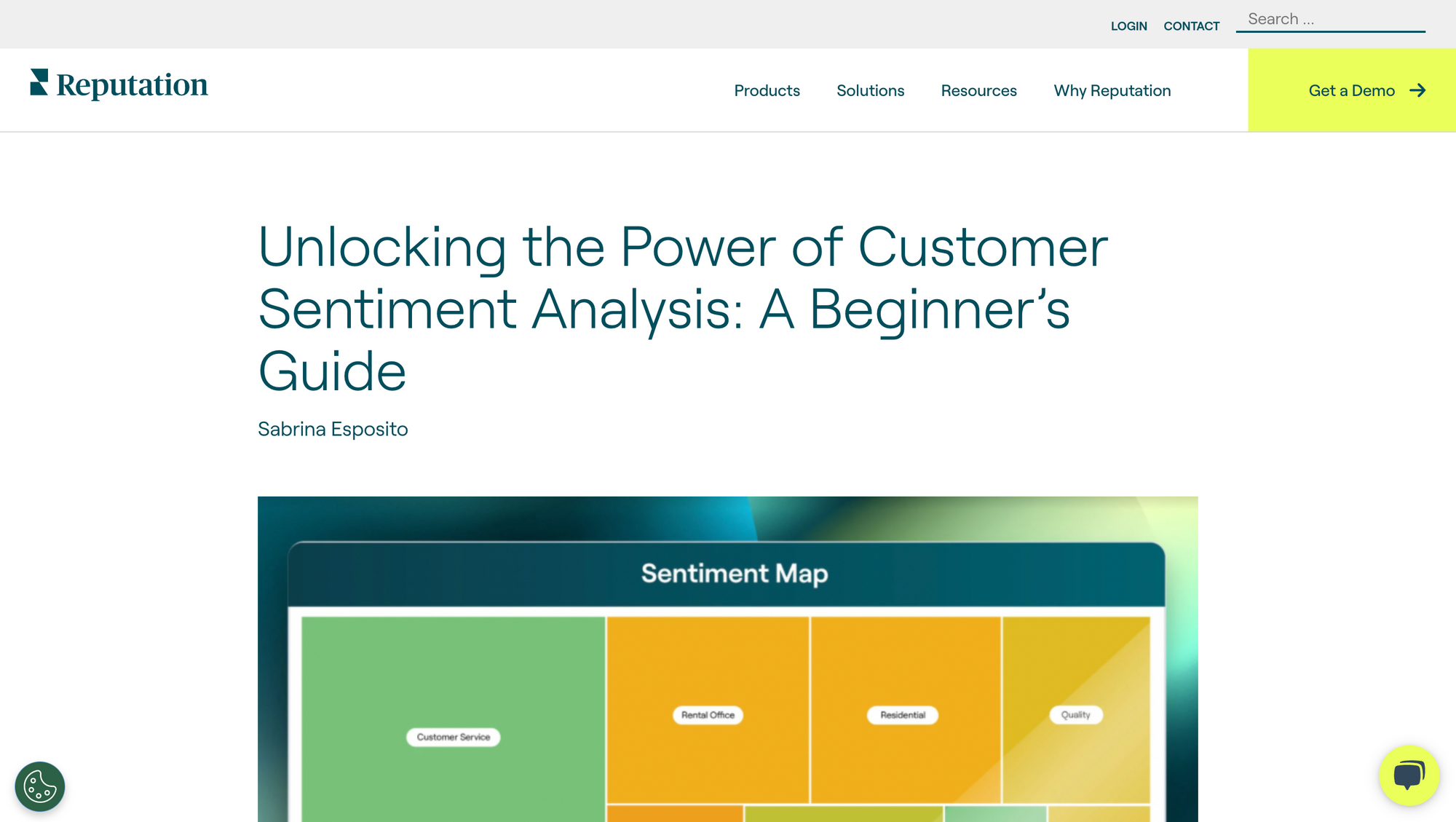
About: Reputation is another sentiment analysis tool which is powered by Natural Language Processing. This tool evaluates customers’ feedback and reports on the topics that are discussed on social media in real time.
The app works on text analytics and shows customers’ positive and negative comments. With this you can find customers’ pain points and work upon finding solutions for their problems.
Pricing: Available on request
G2 rating: 4.5 out of 5
#16 SentiSum
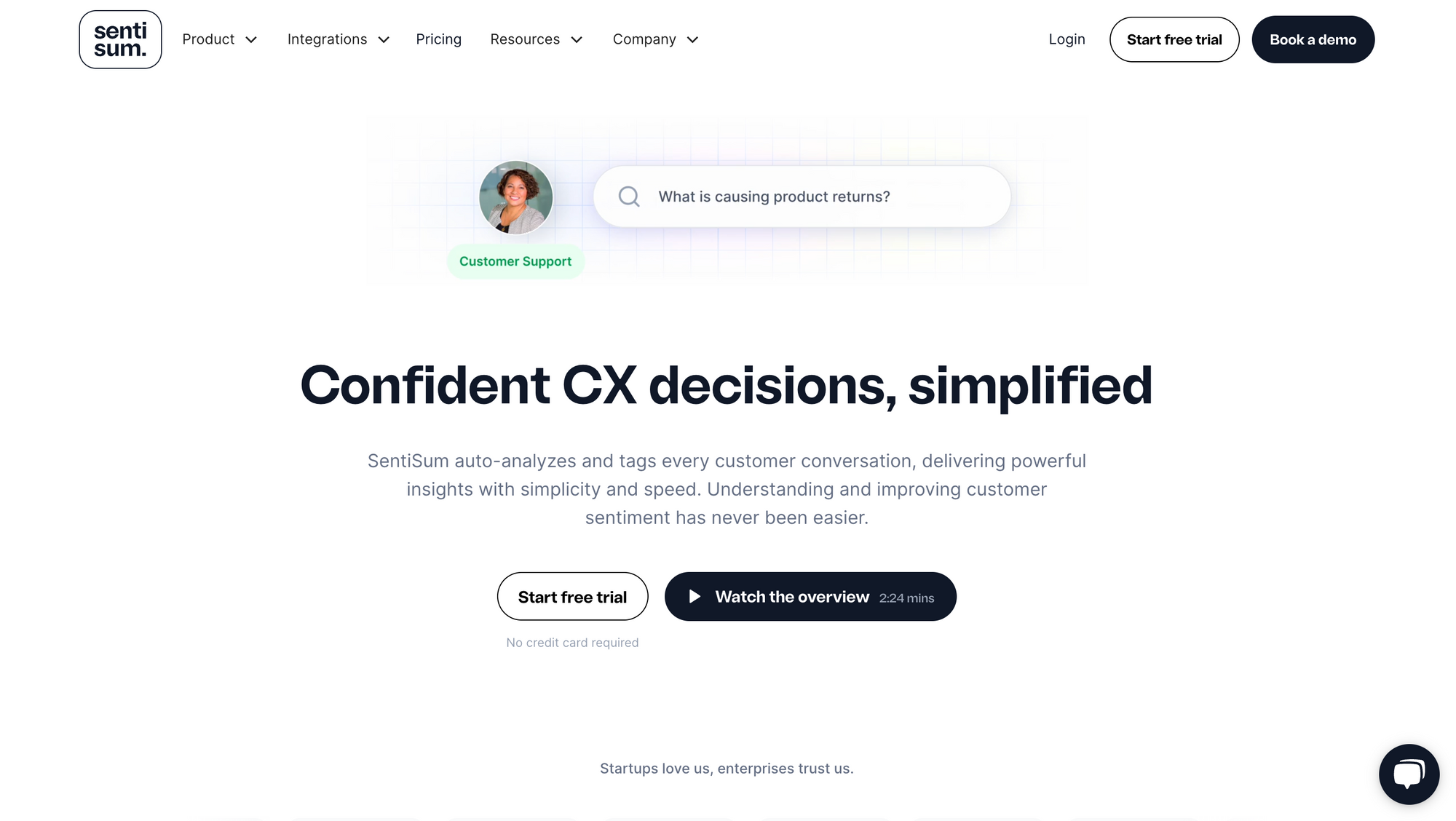
About: SentiSum is a sentiment analysis tool that can help you have all the customer insights into one place. Moreover, you can even share this data with members of other themes in your company.
This app integrates with other useful tools like Dixa, Hubspot, Zendesk, and Intercom. SentiSum gathers data about your customers’ conversations and online discussions to provide you with valuable customer sentiment insights.
Pricing: $1000 per month
G2 rating: 4.8 out of 5
#17 CallRail

About: CallRail is yet another social media sentiment analysis tool that can help you adjust your strategy according to customers’ sentiment.
This conversation intelligence software provides in-depth data about your customer calls. How cool is that?
CallRail can track and evaluate the emotion and sentiment in your customers’ tone. It is clear that it’s so advanced it goes beyond words.
Pricing: Starting from $85.
G2 rating: 4.6 out of 5
#18 Sentiment Analyzer
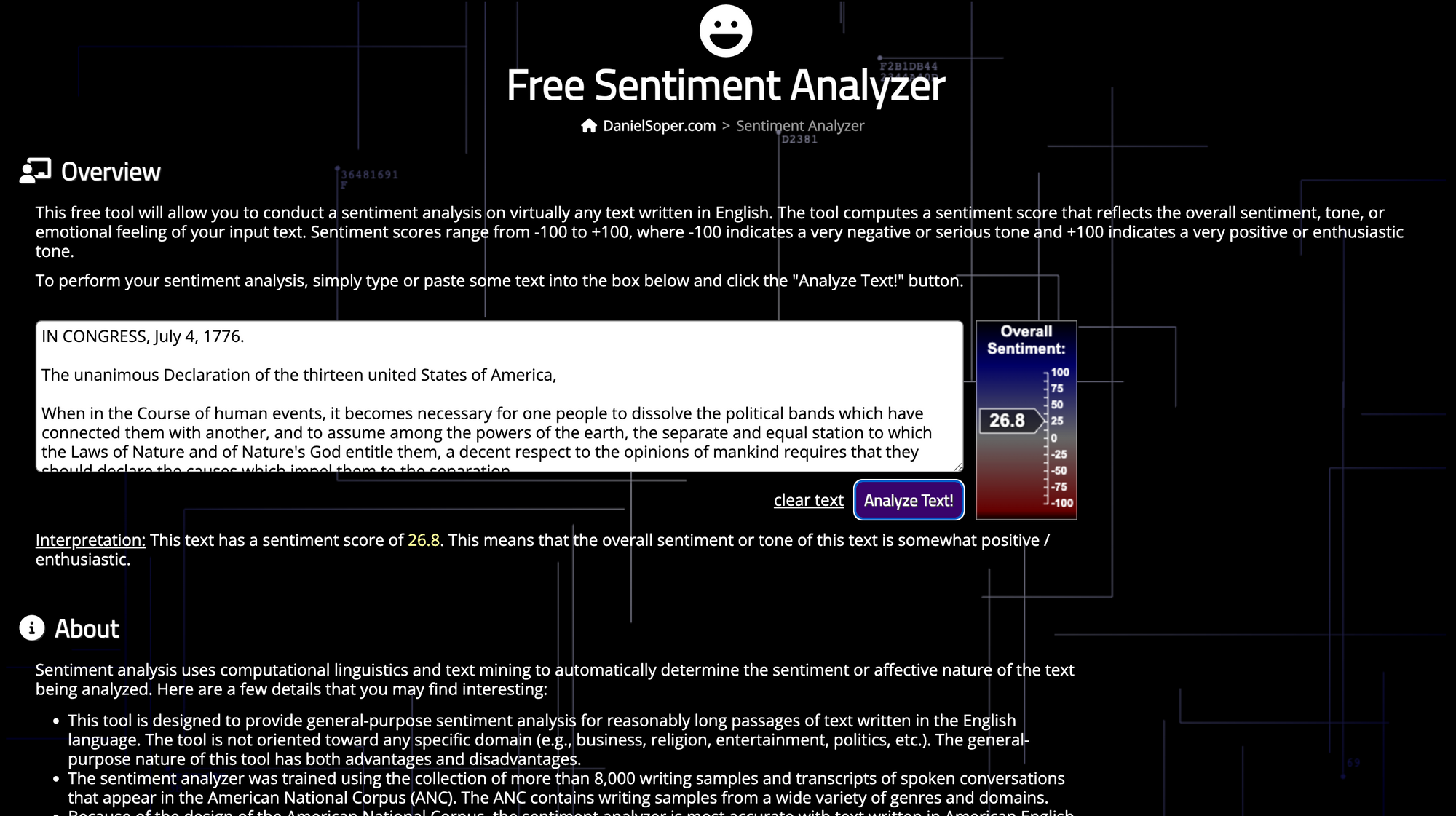
About: With Sentiment Analyzer, you can easily get your work done and perform a sentiment analysis. All you have to do is copy-paste the text you want to analyze and you will get immediate results.
This social media sentiment analysis app uses “computational linguistics and text mining”. This way, you get your texts analyzed and see the sentiment.
Before this tool offers a score, it compares the findings and you get to see results in no time, seeing the intent behind customer’s talk.
Pricing: Free
G2 rating: Not found
#19 Social Searcher
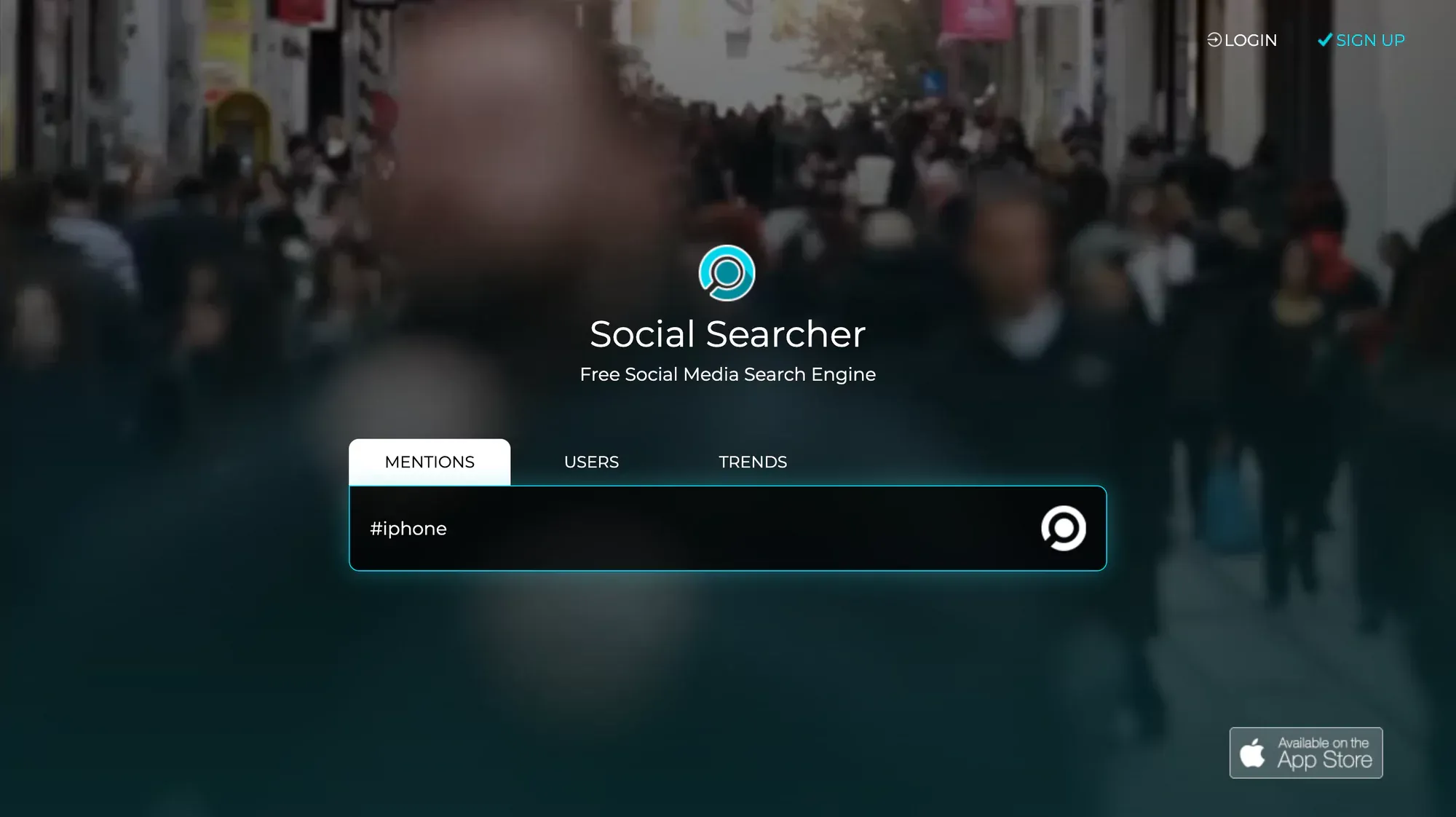
About: Social Searcher is a social media monitoring tool that also provides a social sentiment analysis feature.
This app provides you with a search bar where you can search for mentions, hashtags, keywords, and even usernames, returning results about whether the sentiment about that specific topic is negative or positive.
With a tool like Social Searcher you can understand how your brand performs on every social media network and get reports for every social network.
Pricing: Starting at $8.49.
G2 rating: Not found
#20 Aylien (Quantexa)
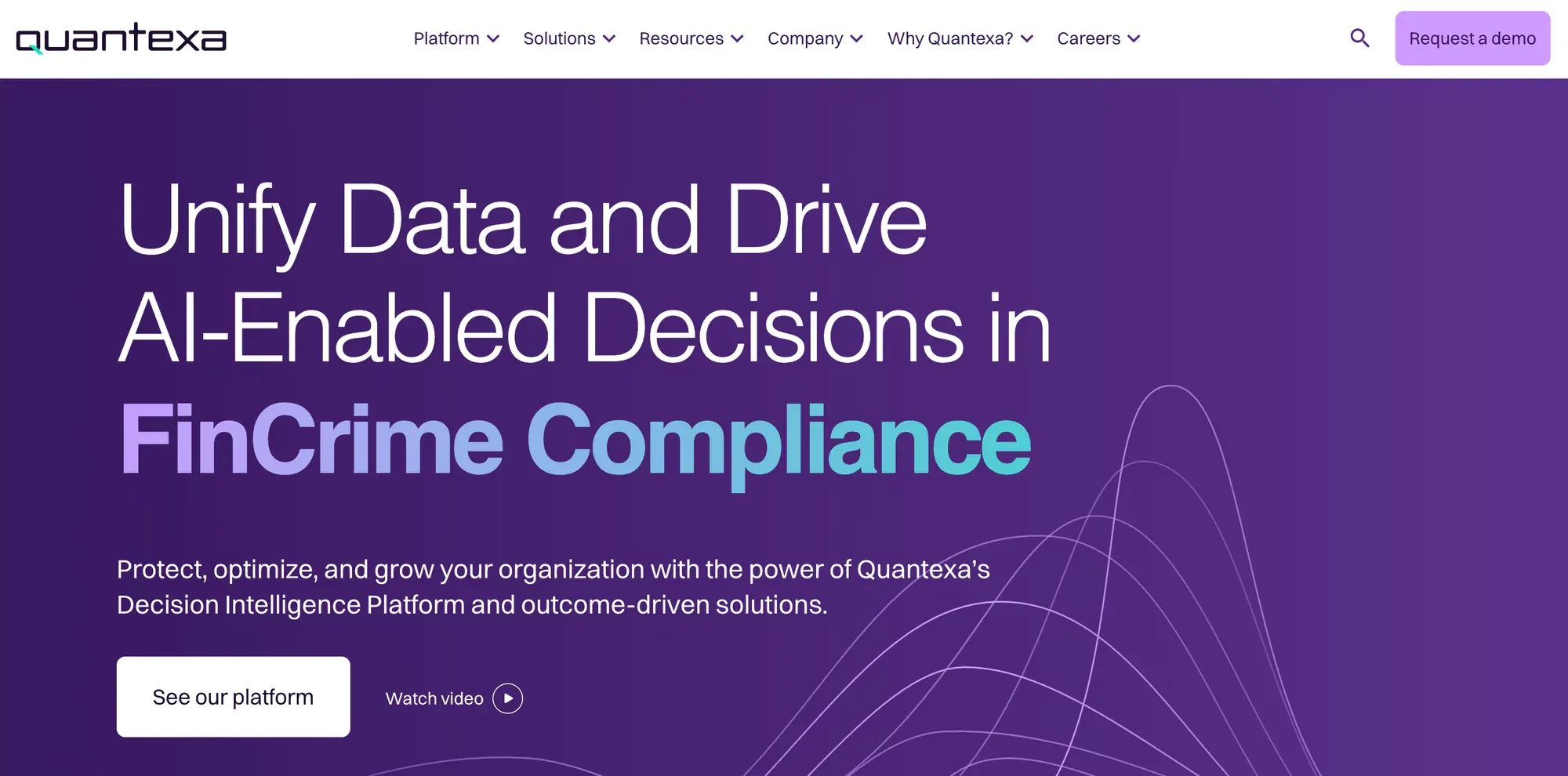
About: With Quantexa (previously known as Aylien), another tool for brand sentiment analysis, you can learn more about the impact of stories and news in real-time. The app is able to detect sentiment in new stories on social media in real-time and that’s a very big advantage.
It can even uncover more about certain topics, diving deeper into themes and aspects of your interest. You can also use this sentiment analysis tool to build your own model.
Pricing: Not provided
G2 rating: 4.3 out of 5
Making the most of sentiment analysis: 7 best practices
When using sentiment analysis tools, consider these best practices:
✅ Clearly define objectives: Understand why you're conducting sentiment analysis. Is it for customer feedback? Monitoring brand reputation? Evaluating product reception?
✅ Integrate multiple sources: To get a holistic view of sentiment, integrate data from various channels.
✅ Consider context: Sentiments aren't always black and white. The phrase "this is sick" could be negative in a medical context but positive when describing a new gadget. Ensure your tool can understand context.
✅ Monitor trends over time: Instead of focusing solely on individual results, track sentiment trends over time. This helps in identifying shifts in customer opinion or detecting potential issues early on.
✅ Combine quantitative and qualitative analysis: Beyond the raw sentiment score (positive, negative, neutral), analyze the reasons behind these sentiments for deeper insights.
✅ Stay proactive: Address negative sentiments promptly and commend positive ones to improve customer relations.
✅ Combine with other analytics: Pair sentiment data with other metrics for a more comprehensive business strategy.
Final thoughts
Sentiment analysis tools have reshaped the landscape of consumer feedback.
Rather than sifting through mountains of text, businesses now have at their disposal sophisticated tools that not only decode sentiments but also offer actionable insights.
In the era of the informed consumer, these tools are no longer a luxury but a necessity.
Frequently Asked Questions
1.Can ChatGPT do sentiment analysis?
Yes, ChatGPT, among other business use cases, can analyze customer feedback and reviews, monitor social media platforms, identify potential issues, and even tailor responses based on sentiment analysis.
2.Which model is best for sentiment analysis?
Statistical machine learning models like Naive Bayes Classifier, Support Vector Machine (SVM), Logistic Regression, Random Forest, and Gradient Boosting Machines (GBM) are all valuable for sentiment analysis, each with their strengths.
3.Is sentiment analysis ML or AI?
It uses machine learning (ML) technologies to perform sentiment analysis with automated text extraction.
4.Why is BERT better for sentiment analysis?
BERT can perform sentiment analysis by using its powerful representation learning ability to capture the semantic and syntactic features of a text. For example, BERT can understand the difference between "I love this movie" and "I love this movie, not" by taking into account the word order, punctuation, and negation.
5.What is the best language for sentiment analysis?
- Scikit-learn is the go-to library for machine learning and has useful tools for text vectorization.
- NLTK has been the traditional NLP library for Python.
- SpaCy is an NLP library with a growing community.
